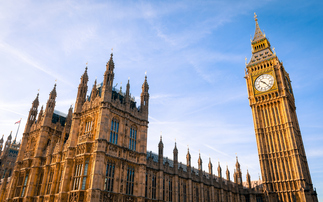Pension deficits across private sector defined benefit (DB) schemes hit a new high in January. The latest pensions risk survey from Mercer showed a 25% increase across FTSE 350 schemes between December 2014 and January 2015 alone.
Figures from JLT Employee Benefits (JLT EB) summed the problem up, revealing a 70% hike in total scheme deficits since January 2014, while the combined s179 deficit of schemes covered by the Pensio...
To continue reading this article...
Join Professional Pensions
Become a Professional Pensions Lite Member today
- Three complimentary articles per month covering the latest real-time news, analysis and opinion from the industry
- Receive important and breaking news stories via our two daily news alerts
- Hear from industry experts and other forward-thinking leaders







